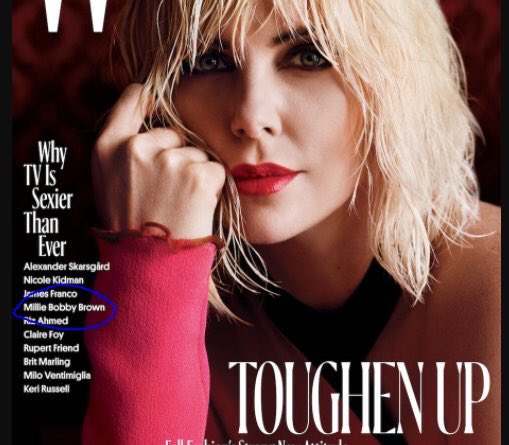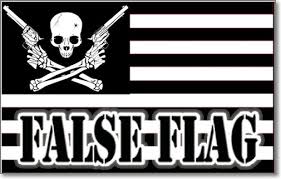 |
Samuel Tang purchased what he thought was a one-ounce bar of 99.9999% pure, Royal Canadian Mint gold from a Royal Bank branch |
The last time there was a widespread physical gold counterfeiting scare was in the summer of 2012 when as we reported the discovery of a single 10 oz Tungsten-filled gold bar in Manhattan’s jewelry district led to a panic among the dealer community, which then resulted in local jewelry outlets discovering at least ten more fake 10-ounce “gold bars” filled with Tungsten. Fast forward to today when a similar instance of gold counterfeiting has been discovered, this time in Canada, and where the fake bar in question had been “certified” by the highest possible authority.
According to CBC, the Royal Canadian Mint is investigating how a sealed, “pure gold” wafer with proper mint stampings has emerged as a fake. According to the Canadian press, the one-ounce gold piece, which was supposed to be 99.99% pure, was purchased by an Ottawa jeweller on Oct. 18 at a Royal Bank of Canada branch. The problem emerged when tests of the bar showed it may contain no gold at all. And, when neither the mint nor RBC would take the bar back, jeweler Samuel Tang contacted CBC news.
 |
| Joy Creations owner Samuel Tang contacted CBC News when neither RBC nor the mint would take back the one-ounce gold piece he’d purchased |
“Who is going to make sure those [gold wafers] are real?” asked Tang. “I am worried there are more of those [gold wafers] out there, and no one knows.”
Following the news, RBC felt an obligation to pick up the bar and returned it to the mint for testing, refunding Tang the $1,680 purchase price.
The Royal Canadian Mint said in a statement to CBC it is in process of testing the bar, “although the appearance of the wafer and its packaging already suggests that it is not a genuine Royal Canadian Mint product.”
Questions about the fake bar’s origins aside, a more immediate concerns is that, just like in 2012, if there is one fake bar, there are likely many more. William Rentz, a professor at the University of Ottawa’s Telfer School of Management and an expert on investments and equity, says the discovery is “troubling.”
“A currency counterfeiter doesn’t make just one fake $50 bill,” he said. “They make a whole lot of them. So I would suspect this might just be the tip of the iceberg.”
While the RCMP said they are aware of the incident, no formal complaint has yet been made.
As CBC details, the mystery of the fake gold began on Oct. 18, when Tang purchased what he thought was a 99.99% pure gold wafer from an RBC branch just across the road from his Glebe-area boutique, Joy Creations.
He carried the business-card-sized bar, still sealed in its Royal Canadian Mint blister-pack, back to his shop.
His goldsmith, Dennis Barnard, said he cut open the plastic mint packing and placed the one-ounce wafer in a hand-cranked jeweller’s tableting mill.
“I thought my age was catching up with me — because it was so hard to roll,” said Barnard
Once doubts emerged about the integrity of the gold bar, Barnard tried bending the wafer, as pure gold is usually pliable and can be bent easily. Instead, the goldsmith said the wafer snapped, leaving a jagged line.
 |
Goldsmith Dennis Barnard subjected the bar to an acid test after he found he wasn’t strong enough to roll the metal flat in his jewellers’ mill |

















